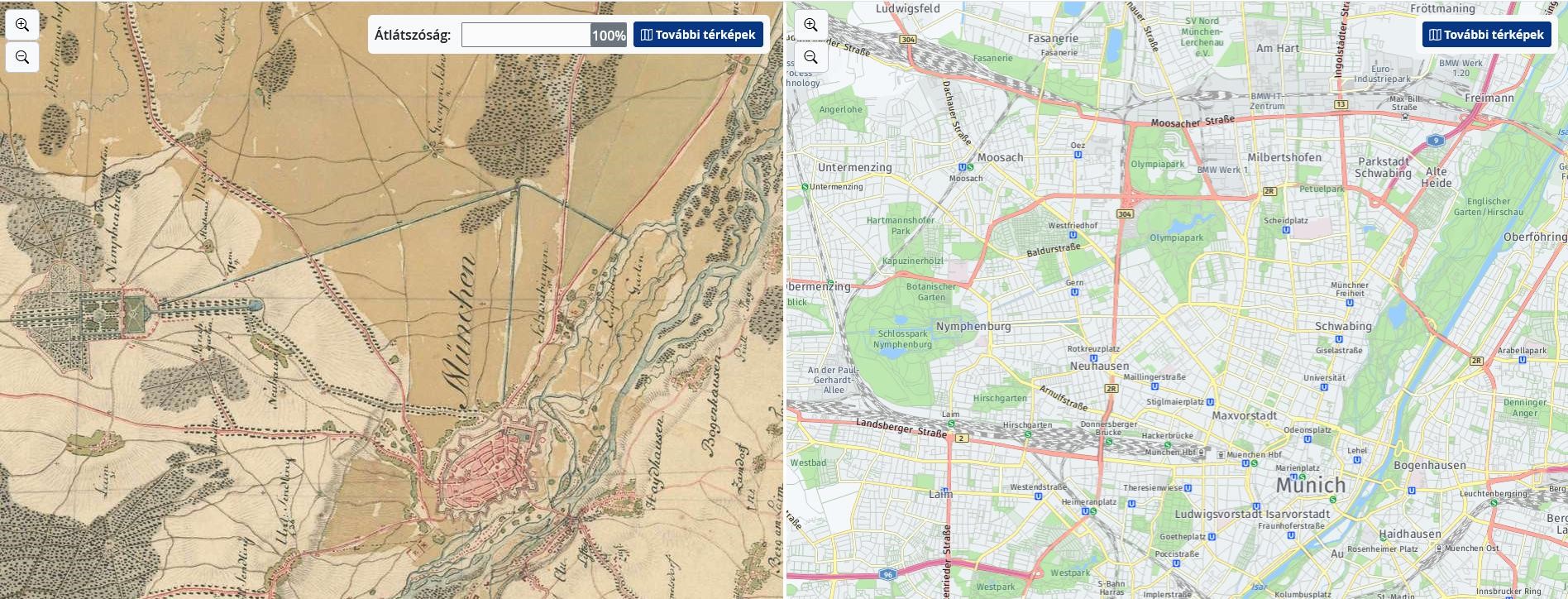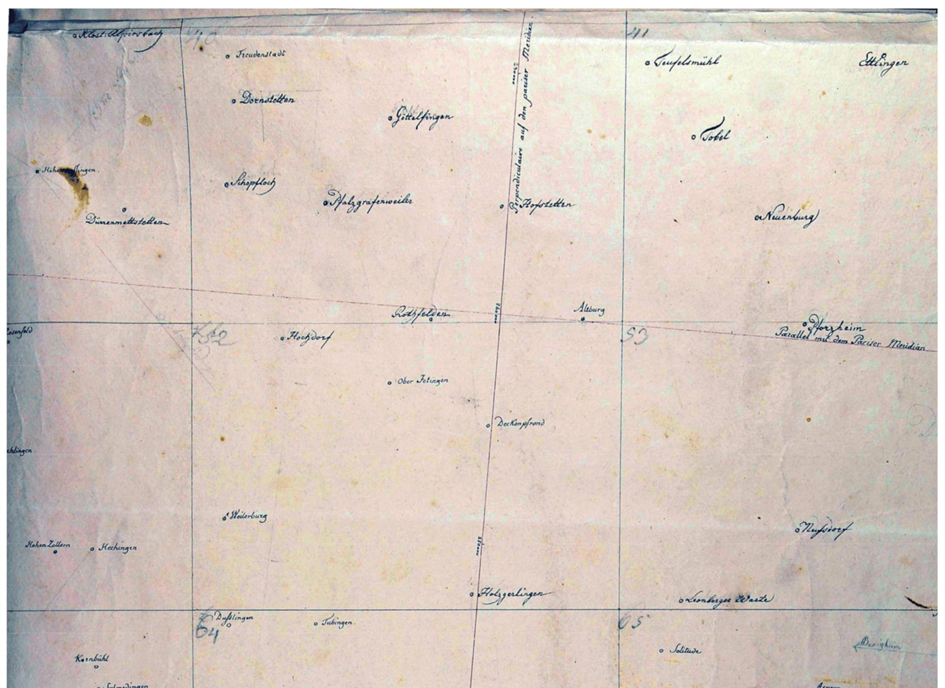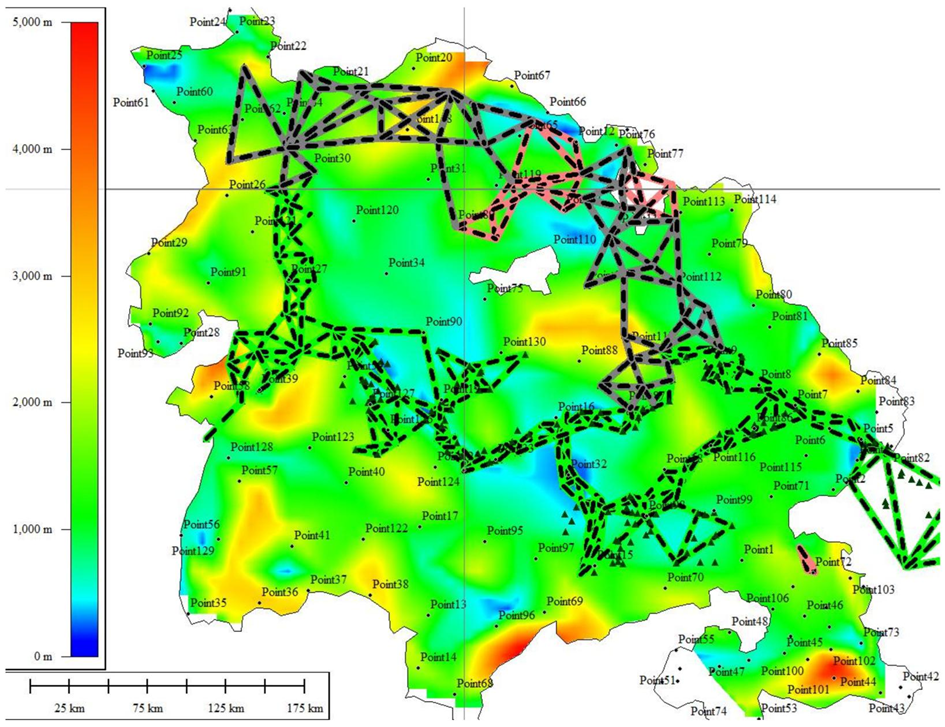Hungarian and German researchers synchronize Napoleonic maps with modern ones
Napoleonic maps in Hungary
Working with Arcanum Databases Ltd, several archives in Europe and scientists at ELTE, the Hungarian experts have gained considerable experience in georeferencing historical maps, often hundreds of years old, with modern databases. As a result of their work, the portal, formerly known as MAPIRE, now known as Arcanum Maps, allows users to browse the changes in Europe’s natural and built environment from the 1700s to the early 20th century on maps that are all mapped into the coordinate system of today’s databases, so that they can be overlaid on each other. The landscapes of our country and the Carpathian Basin, for example, are seen in this database for almost two decades, elte.hu wrote.

Munich in the late 1700s and today, in synchronized view on MAPIRE.
In a recently published scientific paper, Gábor Timár, head of the Department of Geophysics and Space Sciences at the Faculty of Physics and Astronomy, and Eszter Kiss, of the German Federal Office of Cartography and Geodesy in Frankfurt am Main (Hessen), describe the synchronization process of the map of Southern Germany, completed in 1797 by the Habsburg military survey, with today’s maps. The interesting thing about the project is that this map was produced in the shadow of the Napoleonic Wars, and very quickly, as no one knew when the war would break out again. This meant that actual field surveys could only be carried out where no previous field information was available. Rather, map-making consisted of redrawing existing atlases, maps and sketches for various purposes into a common system with a unified map legend. This paper presents this unified coordinate system, analyzing archival sources and errors in synchronization.

When the researcher finds the necessary information in the archives: with to the grid showing the sheet system of the 1797 map, the slightly skewed coordinate system shows the Cassini projection with the starting point in Paris (Österreichische Staatsarchiv, Kriegsarchiv, B_IVa_72_1).
Habsburg cartography used the French survey system
It is relatively rare that classical archival work coupled with mathematical analysis is successful, but this is exactly what happened here. The above map fragment is taken from a document found by the authors in the War Archives of the Austrian State Archives. It is assumed that this sketch was the basis for the map work; the rectangles show the positions of the future map sections, with some typical landmarks used for later map drawing. The network of rectangles is accompanied by a coordinate system rotated by 5 degrees in relation to the rectangles, with a text clearly using the vocabulary of the Cassini cartographic coordinate system.

Residual errors with respect to the Cassini coordinate system at 130 points surveyed: these are the mapmaker’s own errors. The errors are smaller (blue and green), where the green shaded lines of the 1760s Cassini survey data have been used.
But why would Habsburg cartography have used the French survey system, especially, as the work shows, with Paris as the starting point, when the “black & yellow” army was drawing the map in preparation against the French? It is because the first survey of the territory, during the Seven Years’ War alliance, was carried out by Jean-François Cassini along the Danube and the Rhine, and the points (still available in Google Books) were used as ‘imported material’, as were other map sketches of the time. Thus, if the 1797 map is synchronized with Cassini’s projection, the residual errors are smaller than if other map systems are chosen.
The researchers’ work has thus resulted in the publication of a 220-year-old sketch-based map work on the MAPIRE portal with errors of a few hundred meters, taking into account the residual errors.
The paper on this work was published in the June issue of the ISPRS International Journal of Geo-Information.
Read also:
- 800-year-old Árpád Age temple partly restored in Hungary – PHOTOS and more HERE
- After 123 years, Budapest’s iconic statue from the top of Heroes’ Square removed





